PHS DRESS CODE: What is allowed?
Senior Alyssa Gould (left) and former student junior Kailey Jurado pose in the choir room on the Homecoming dress up day, color day.
At Powell High School, the student body is blessed to have the freedom to wear pretty much whatever they want. Although there are specific guidelines that should be followed, at least uniforms aren’t being required.
The PHS Student Handbook specifically states that these things are not allowed: “Inappropriately sheer, lace, tight, short, or low-cut clothing that bare or expose traditionally private parts of the body including, but not limited to, the stomach, buttocks, upper thigh, and breasts.
“… Any clothing, paraphernalia, grooming, jewelry, hair coloring, accessories, or body adornments that are or contain any advertisement, symbols, words, slogans, patches, or pictures that: are obscene, profane, vulgar, lewd, or legally libelous.”
Despite this, I can’t help but notice many students ignore these rules. The teachers ignore it, too.
I can’t even count how many times on both of my hands I have seen a student wearing a crop top or a shirt with alcoholic labels on them without any concern. Sadly, when students do get dress-coded, it seems almost biased or unfair. This needs to stop. Students should be treated equally when it comes to school rules, regardless of their body type, personality or popularity.
Junior Taeli Hessenthaler more than once has experienced these events. She received an unpleasant complaint from a teacher at the beginning of this semester.
“The last time I was dress-coded was [for] a T-shirt that showed like a centimeter of my stomach,” said Hessenthaler, adding that she’s been dress-coded well over 10 times since attending PHS, yet she continues to see other students doing the same thing with ease.
“I don’t think that people should be dress-coded at all,” Hessenthaler said. “I think what you wear is an expression of who you are, and I think that it’s wrong for people to tell you what you can and cannot express yourself as.”
Former student junior Kailey Jurado did a little experiment. She wore a crop top Jan. 17 to school to see if she would be dress-coded. She showed her belly the whole day with no issues.
“I think that if the teachers are going to dress code people, it shouldn’t just be one specific group,” Jurado said. “It isn’t fair to the others who are wearing the same thing. Either dress code them all, or don’t dress code anyone.”
The boys are not singled out. Senior Alex Costigan knows the feeling of being asked to change his outfit.
“I was dress-coded because I had wore a shirt with a gun on it that said ‘my homeland security,’” Costigan said.
Costigan said he realizes life is unfair; he’s seen many people get away with similar violations.
“There’s several kids that wear different like marijuana-type related shirts,” Costigan said. “They wear shirts with other types of weapons on them and they seem to get away with it just fine.”
World History and Free Enterprise teacher Mrs. Ashley Hildebrand has a rather neutral stance when it comes to enforcing the code.
“I don’t think I’ve had really – and maybe I just haven’t noticed anything – but I haven’t really had any instances this year where I’ve had to [dress code anyone],” Mrs.Hildebrand said. “The big thing I think is hats. I tell kids to take off their hats more than anything, so I guess with regard to the dress code that would be what I have done.”
Most importantly, if teachers are going to enforce dress code, they need to enforce it equally and with consistency. Many students notice major bias in these violations.
“I think that girls that look like me tend to get dress-coded more than other girls because people don’t like to see bigger girls in shorter tops and clothes that other people could get away with, 100 percent.” Hessenthaler said.


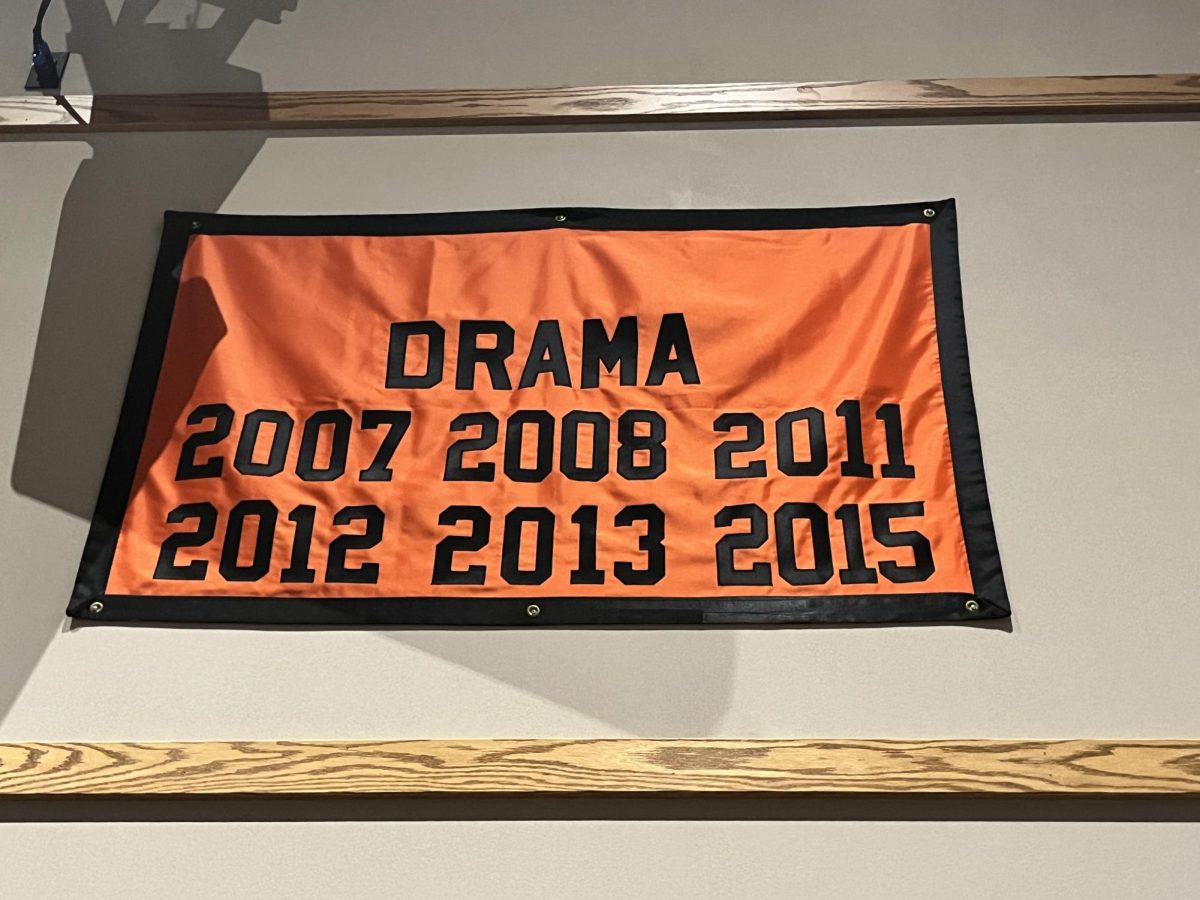
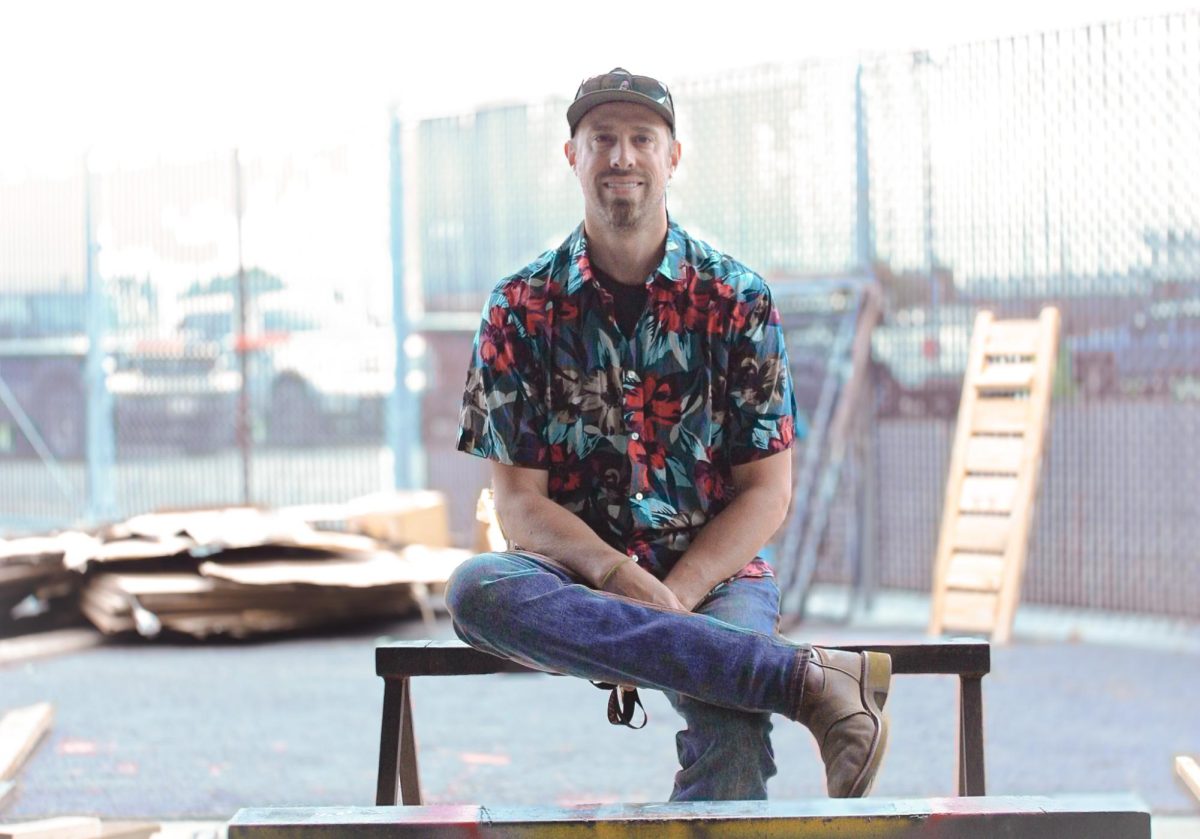
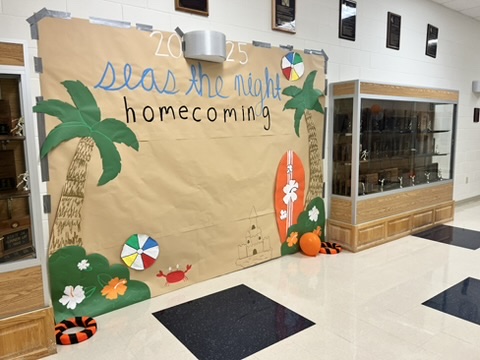
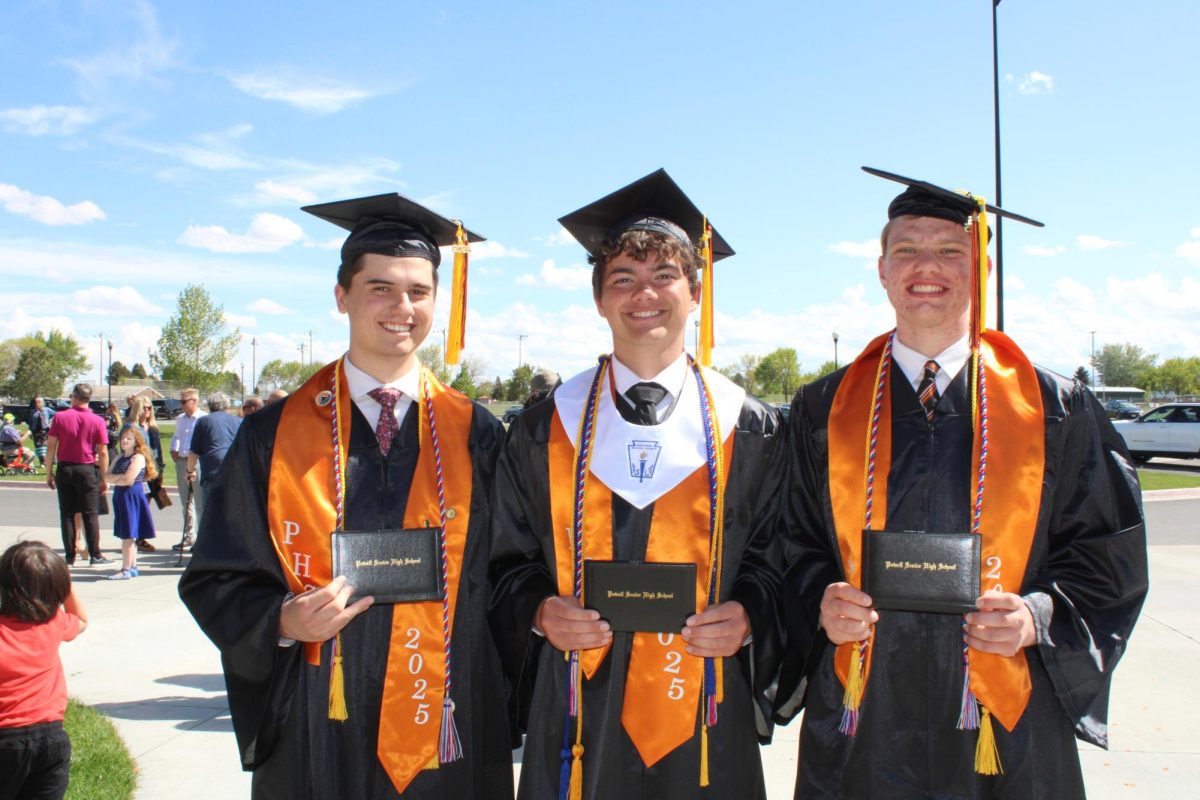

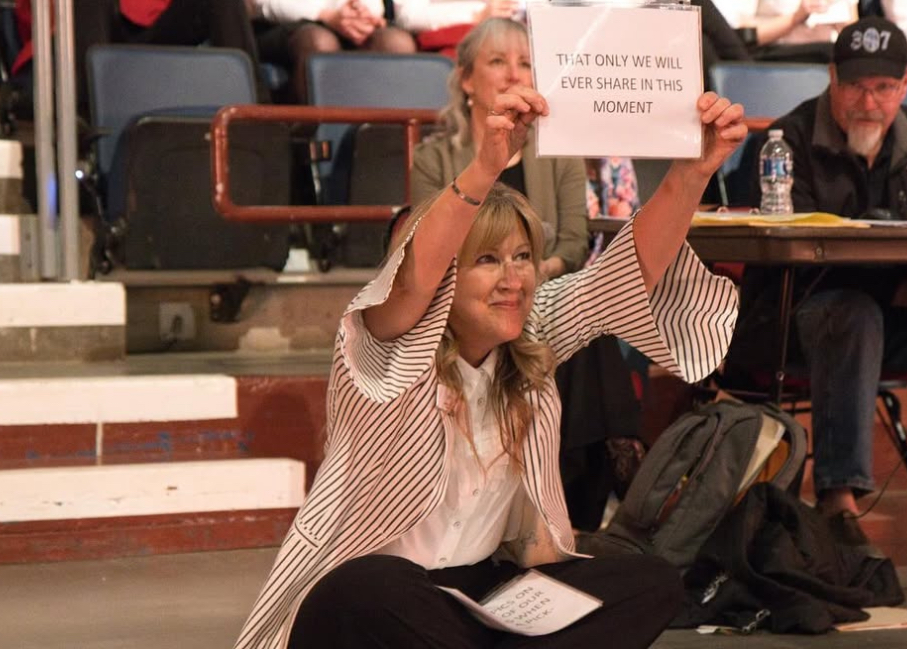

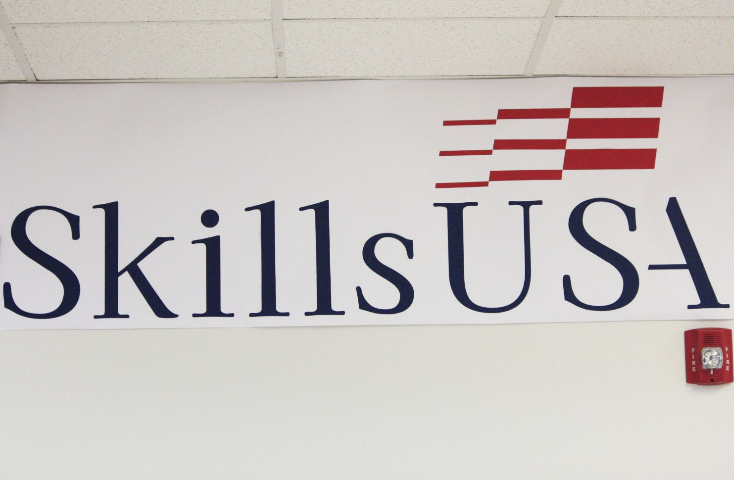

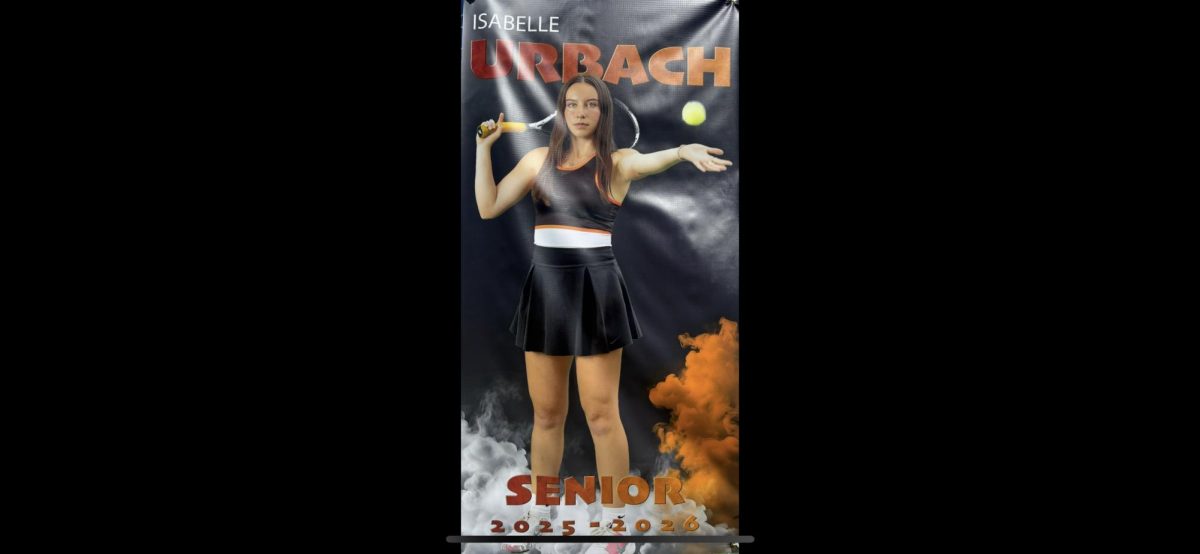
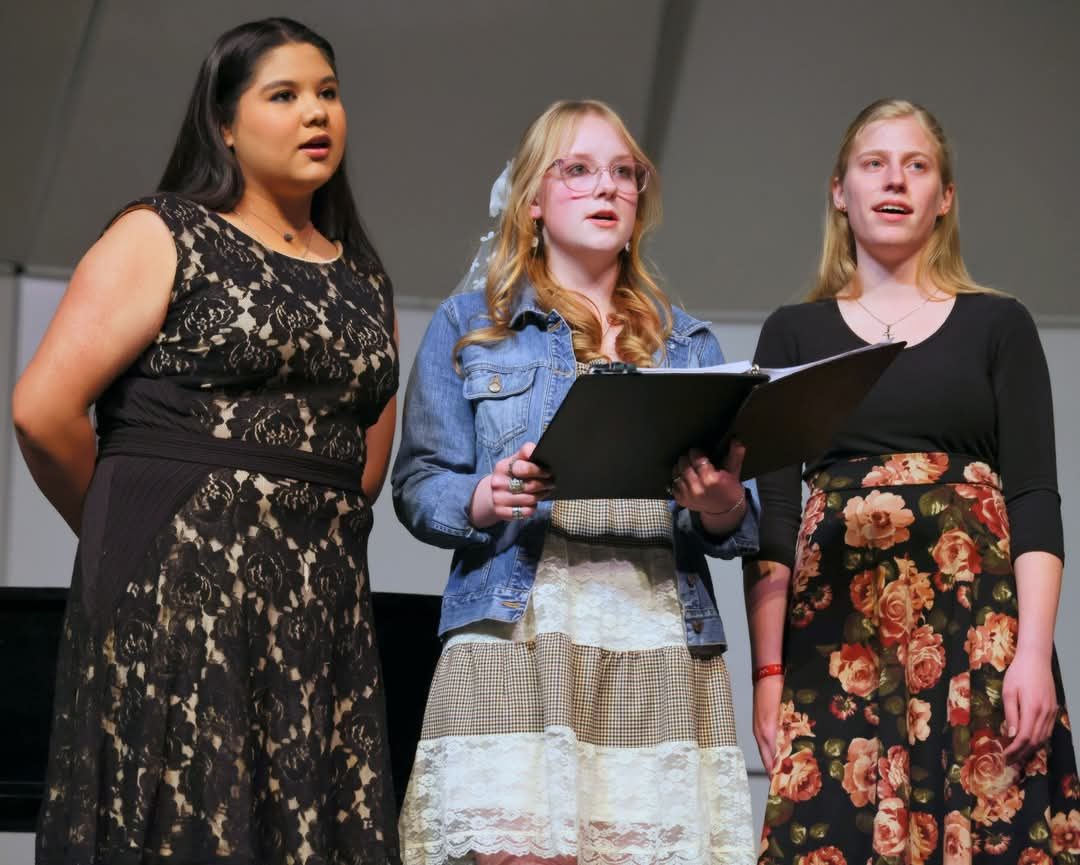
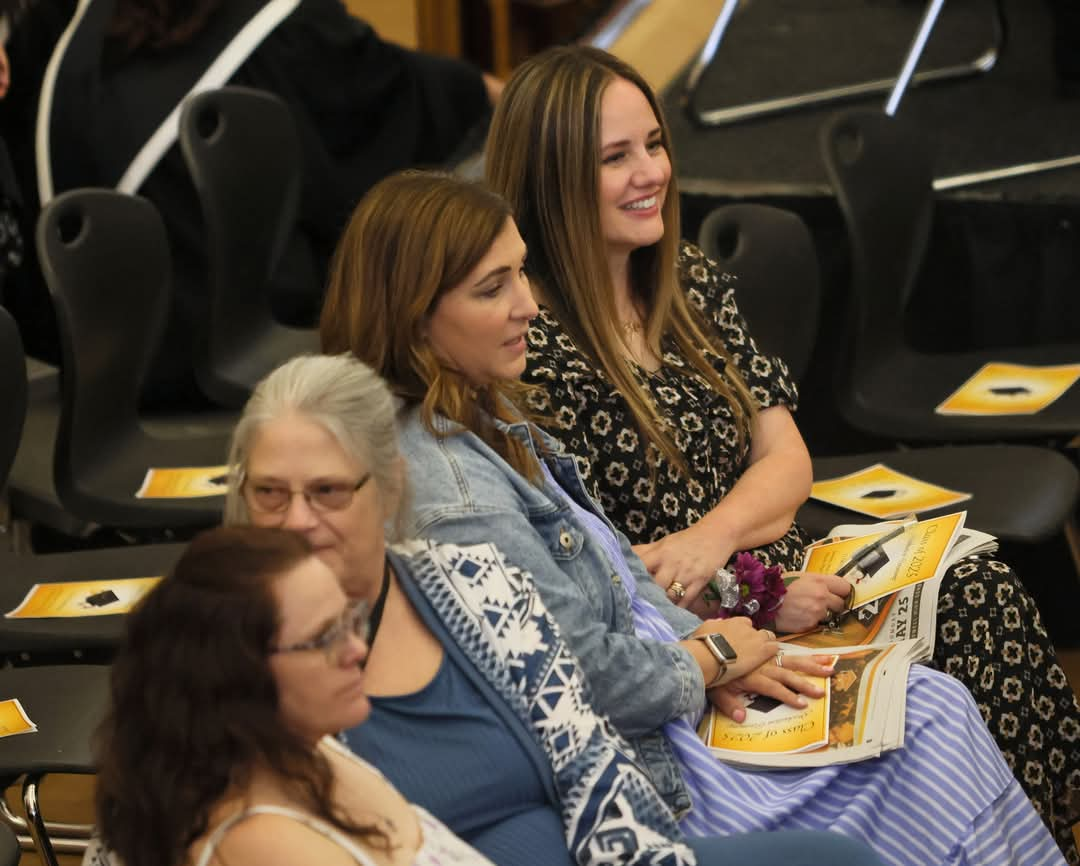
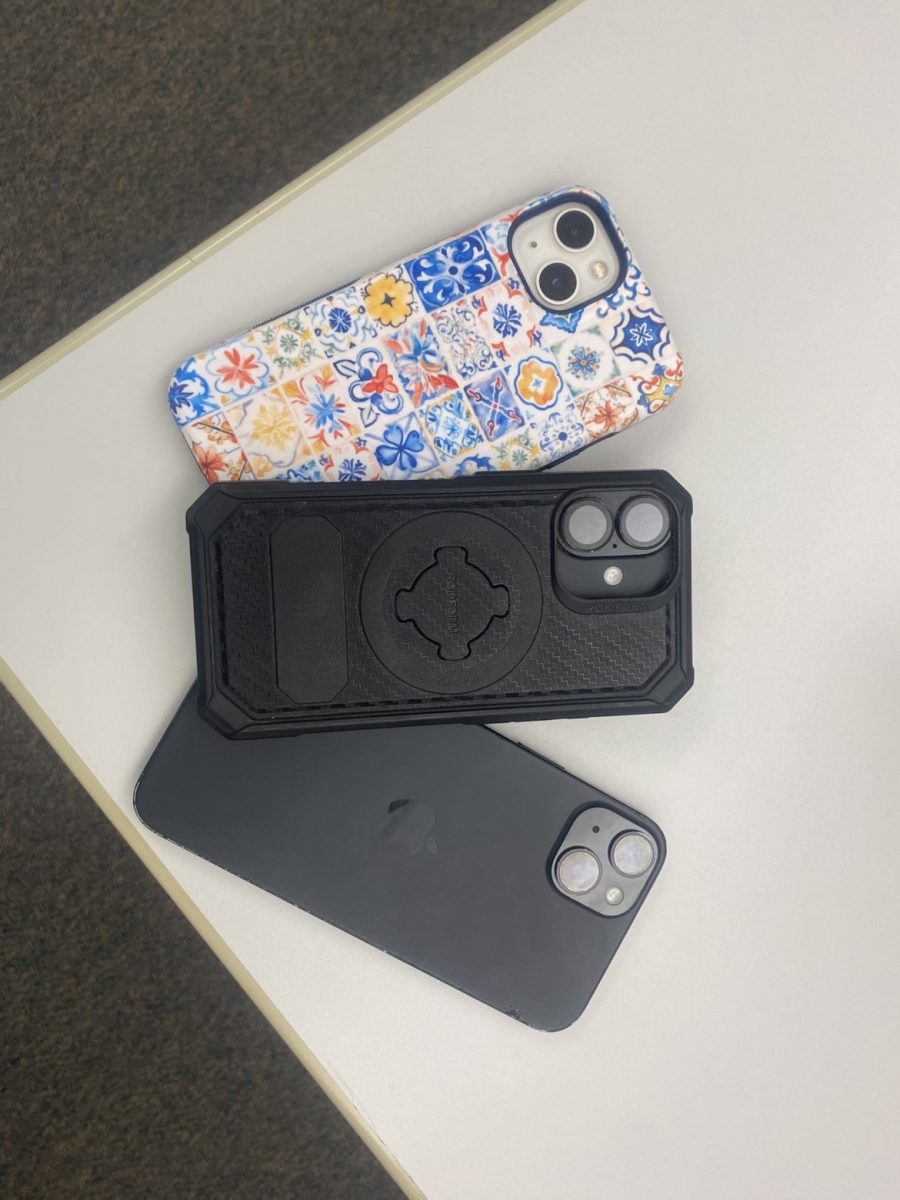
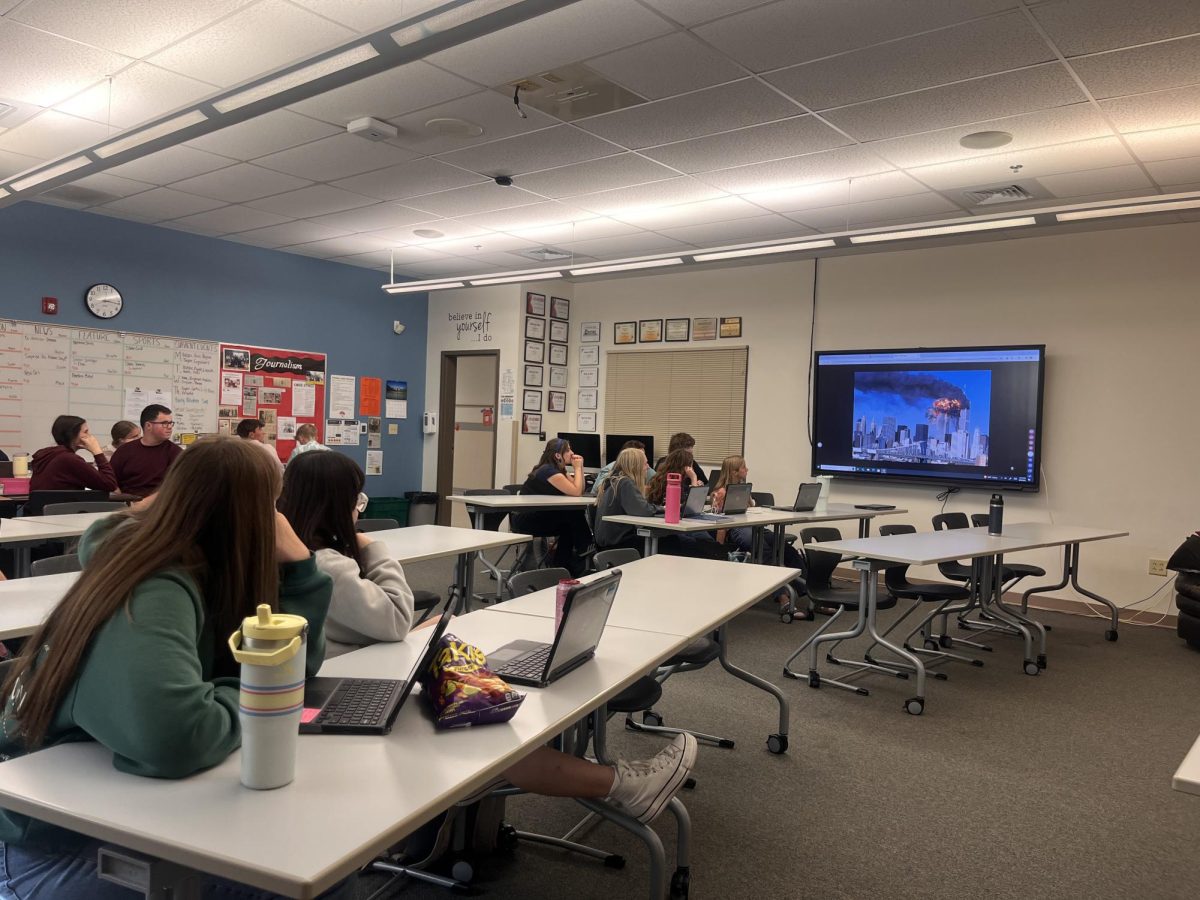
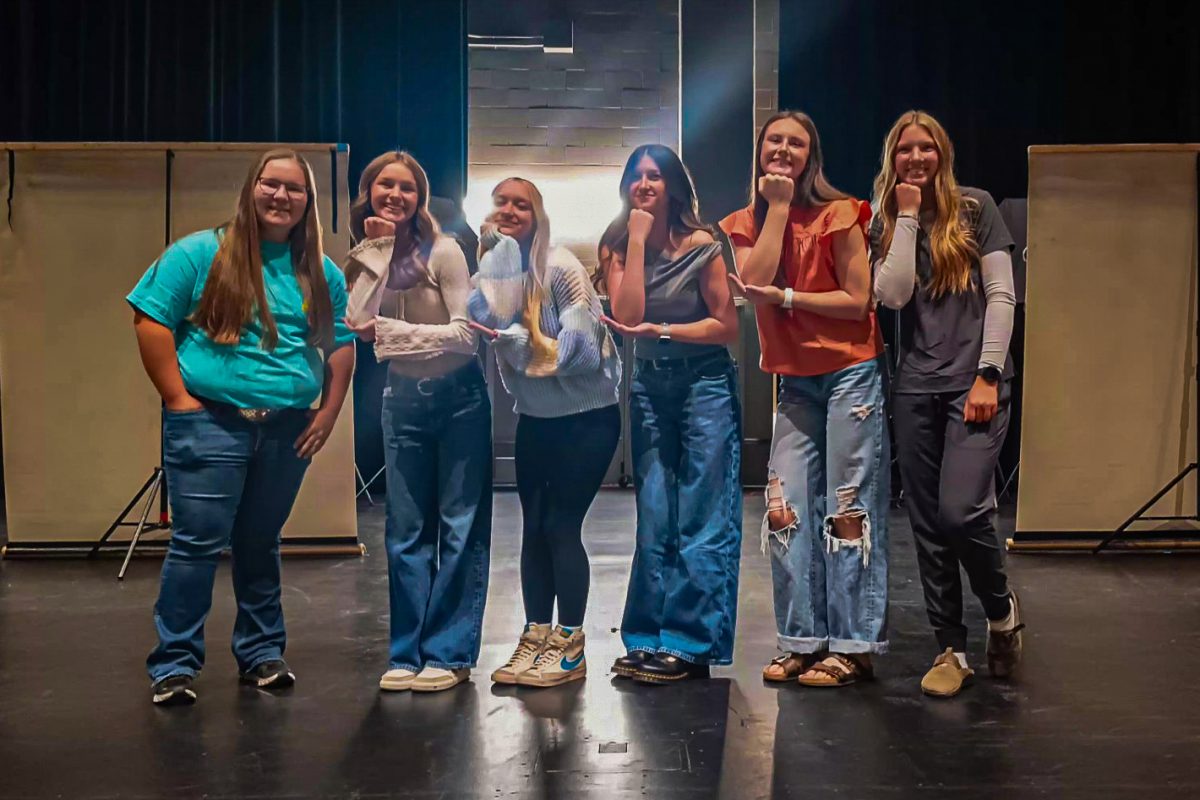

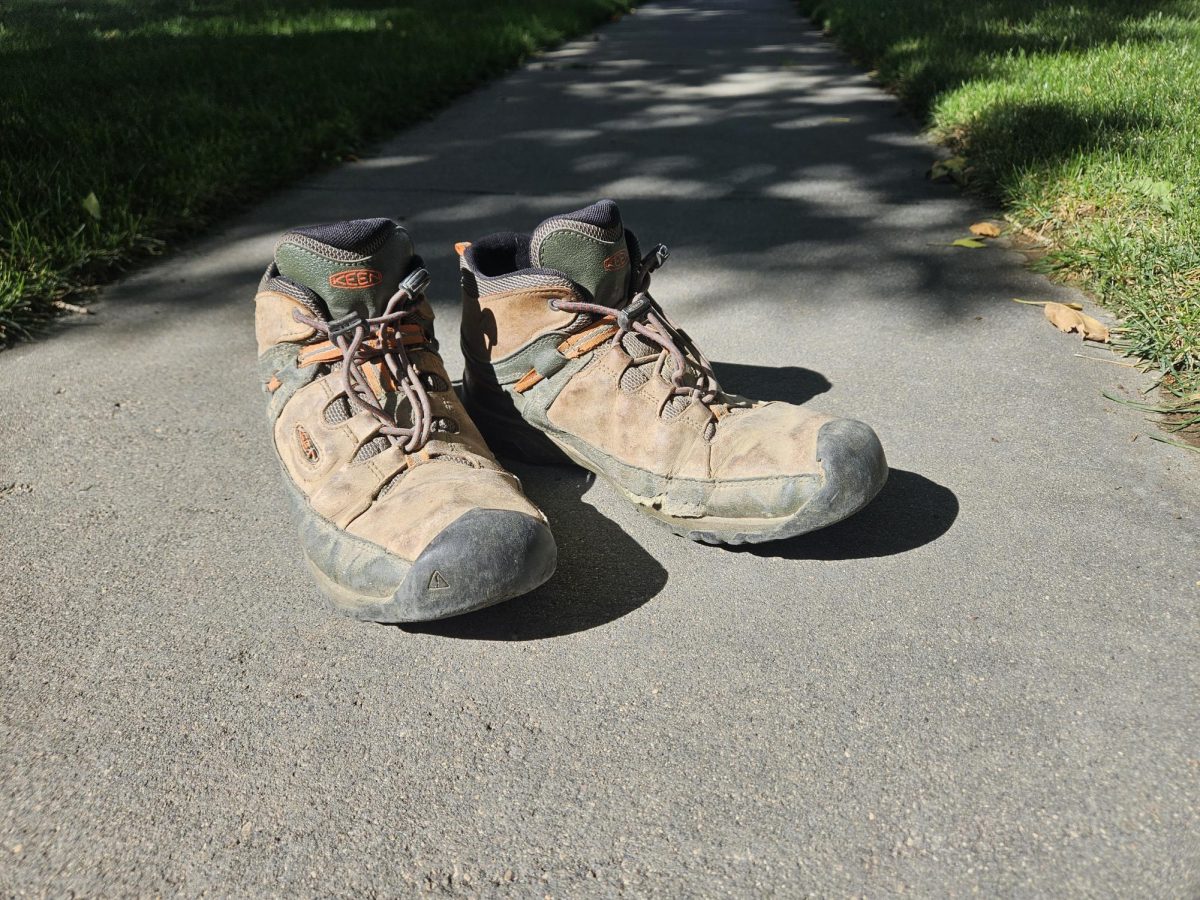


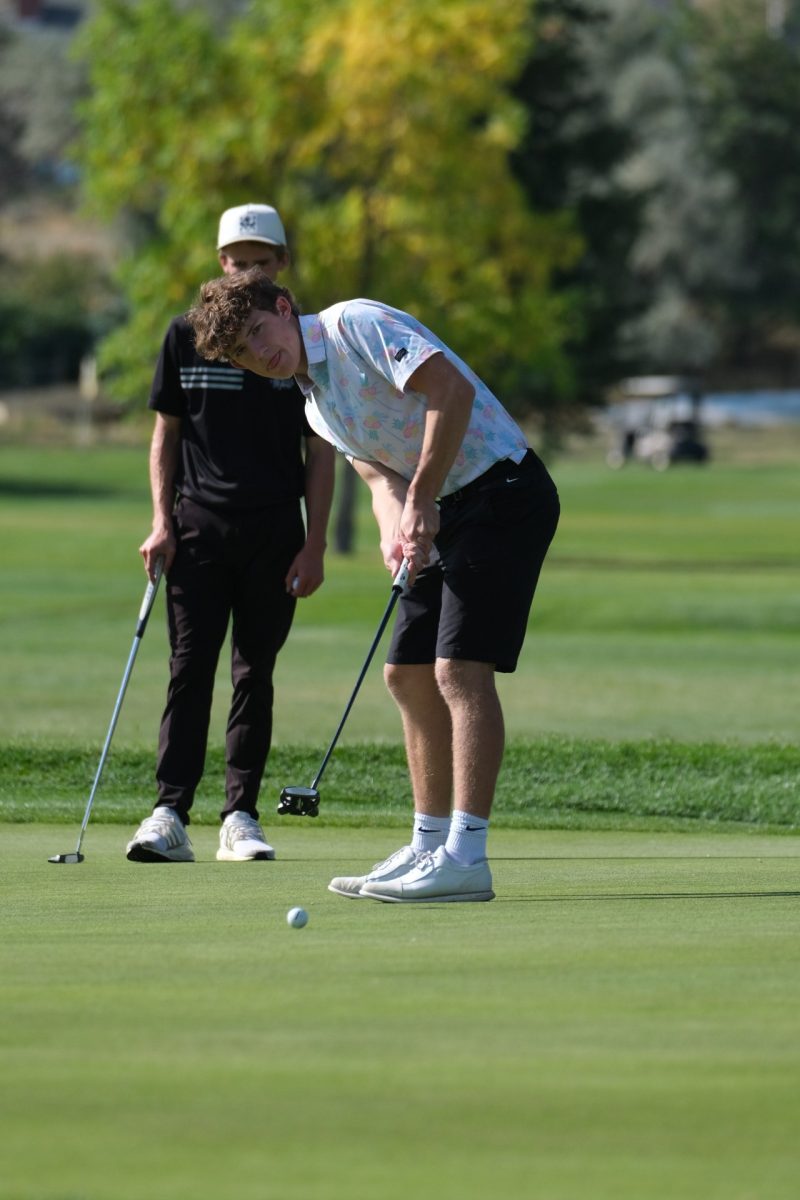
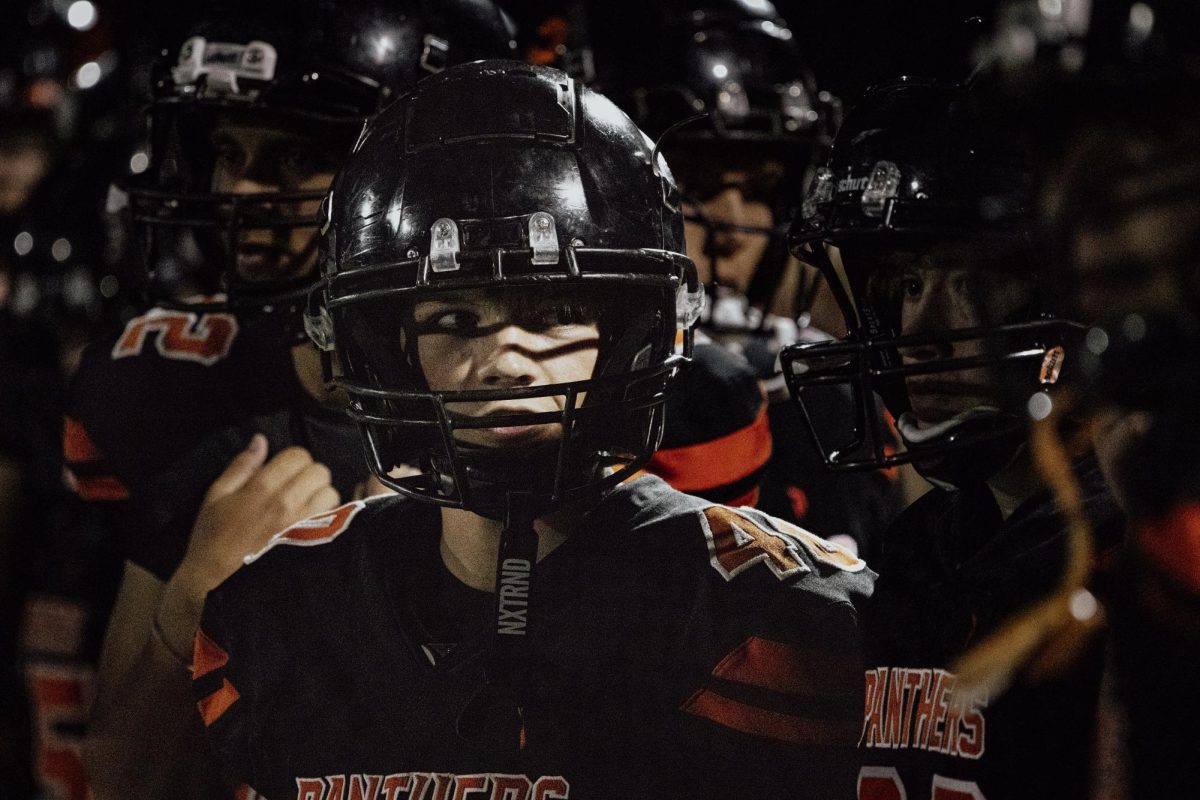
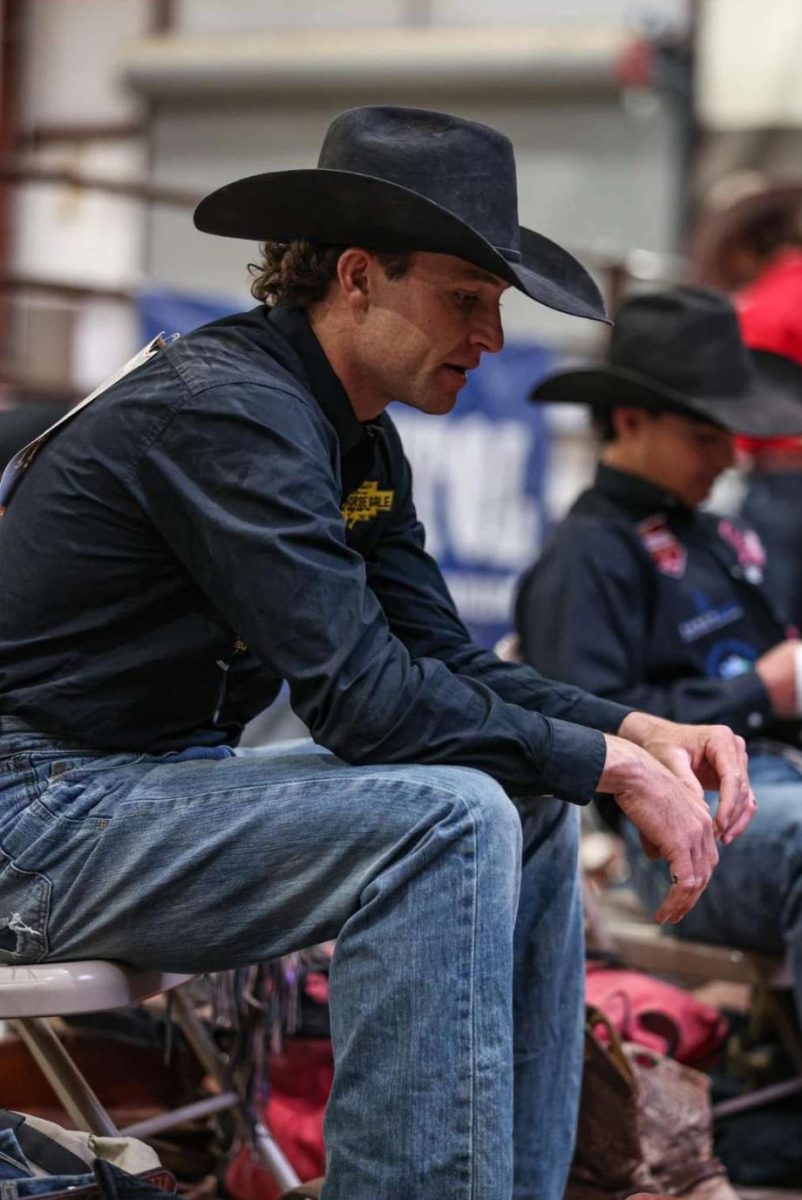

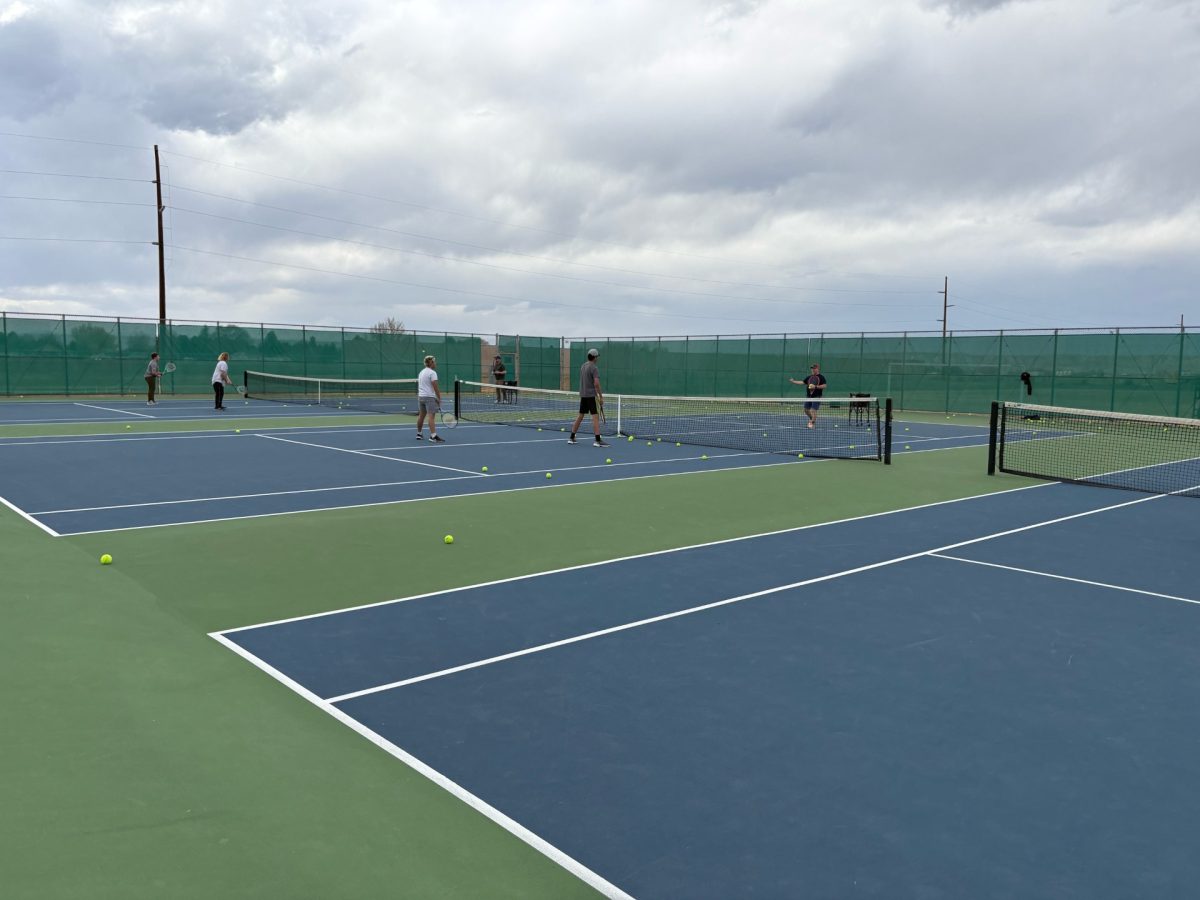



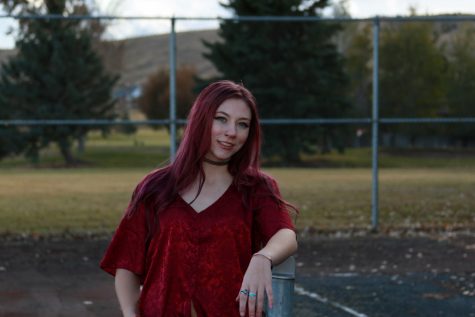

Brandon Preator • Jan 29, 2019 at 2:10 pm
What a great topic! I would agree that as we have become less rigid, students have taken advantage of that. Our dress code use to be similar to the one above from Richfield, Utah. However, it also included any sort of tights or tight-fitting clothing (which, in my mind included leggings, jeggings or any kind of work-out pants). Those things could be worn, but they had to be covered by a skirt (that went past the fingers extended) or some other clothing item. That rule, alas, has gone away. I have to admit, as a teacher, I do not watch each student as they enter my classroom. Students wearing a crop top may not be noticed by a teacher when they are sitting down. I also am not in the habit of noticing each student’s shirt as they walk into my room. I just don’t. Some student are rather covert with their clothes as well, wearing a jacket or something over the inappropriate clothing, only to unveil said inappropriate article during class. I DON’T believe that students should be able to wear whatever they are comfortable with, or whatever their style is, at least, not in a public school. It’s bad enough as it is. Uniforms would be great! There’s no guessing, or questioning. Everyone is the same. And think of the time you’d save in the morning trying to decide what to wear……life-changing for some…..